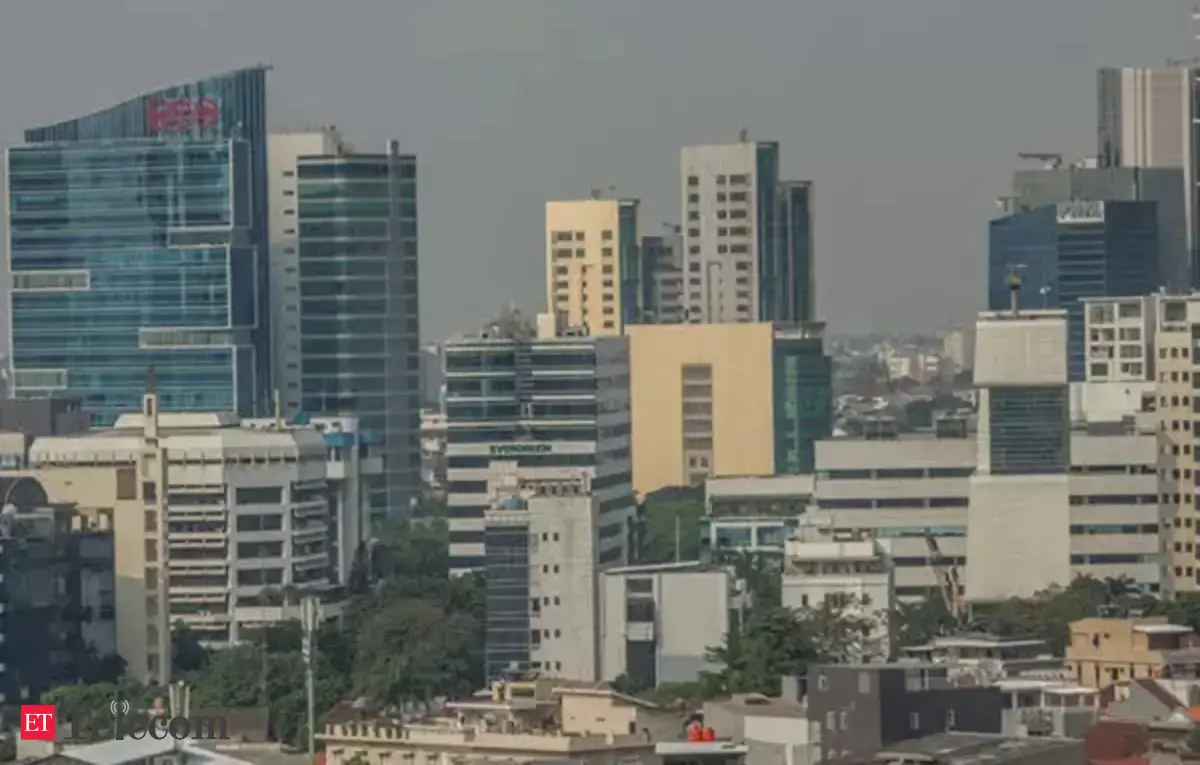Now Reading: Edge Data Centres in Tier 2 Cities: A New Trend in Real Estate
-
01
Edge Data Centres in Tier 2 Cities: A New Trend in Real Estate
Edge Data Centres in Tier 2 Cities: A New Trend in Real Estate

Table of Contents
Edge Data Centres in Tier 2 Cities are becoming the latest hotspot for real estate players and investors. With increasing digital demand, faster connectivity needs, and government support for digital infrastructure, smaller Indian cities are emerging as the next big thing in the data revolution.
Edge data centres are localized facilities that store and process data closer to users. Unlike traditional data centres located in Tier 1 cities, edge data centres reduce latency, improve speed, and support real-time applications.
Real estate players are recognizing this trend. As large metropolitan cities become expensive and congested, developers are turning to Tier 2 cities for opportunities to host Edge Data Centres. This shift is not just about affordability, but also about strategic foresight.
Why Tier 2 Cities Are Gaining Traction

There are several reasons why real estate developers and data companies are shifting their focus to Tier 2 cities for edge data centre investments:
1. Lower Land Costs and Operational Expenses
Compared to cities like Mumbai, Bengaluru, or Delhi, land prices in cities like Jaipur, Indore, Lucknow, and Bhubaneswar are significantly lower. This cost advantage allows developers to build large-scale infrastructure at a fraction of the cost.
2. Availability of Ready Infrastructure
Many Tier 2 cities have improved their road, electricity, and fibre-optic networks, thanks to the government’s Smart City Mission. These improvements make it easier for real estate firms to set up edge data centres without heavy initial investment.
3. Supportive Government Policies
State governments are offering special incentives for IT and digital infrastructure projects. These include subsidies, power tariffs, and tax benefits. As a result, Tier 2 cities have become attractive destinations for both national and global investors.
4. High Demand for Localized Data
With the rise of 5G, OTT content, cloud computing, and IoT, the need for fast, low-latency data delivery is higher than ever. Tier 2 cities have seen increased digital consumption, especially post-pandemic, creating a need for local data handling infrastructure.
5. Decongestion of Major Cities
Large Tier 1 cities are already saturated with data centre capacity. Setting up new projects often faces regulatory delays, land shortages, and high operating costs. In contrast, Tier 2 cities offer fresh opportunities for rapid deployment.
Real Estate Developers and Data Centre Players Collaborate
Real estate companies are now partnering with technology and data firms to create joint ventures for edge data centres. These partnerships help bridge the gap between physical infrastructure and digital requirements.
For example, companies like Yotta Infrastructure and CtrlS are exploring smaller markets such as Nagpur, Kochi, and Coimbatore. These cities provide a balanced mix of demand, skilled workforce, and supportive policies.
The real estate sector views this trend as more than just a temporary opportunity. Edge data centres require long-term leases, steady energy supply, and robust security—factors that benefit developers through stable rental incomes and reduced churn.
Impact on Local Economy and Employment
The establishment of Edge Data Centres in Tier 2 cities also boosts the local economy. It leads to job creation in construction, facility management, IT support, and security. Moreover, it encourages digital entrepreneurship and startups by ensuring better internet speeds and access to cloud services.
Educational institutions are also seeing this trend as a chance to align their curriculum with market needs, offering courses in data management, cybersecurity, and cloud computing.
Challenges and Risks Ahead
Despite the growing interest in Edge Data Centres in Tier 2 Cities, there are certain challenges to address:
- Power Reliability: Continuous and clean power is critical for data centres. Some Tier 2 cities still face frequent power cuts or voltage issues, which could hamper operations.
- Skilled Workforce: While talent is growing, finding and retaining trained staff in smaller cities remains a challenge.
- Security and Compliance: Data centres need to follow strict global security and compliance standards. Local administrations must ensure better enforcement and support.
- Return on Investment (ROI): Initial investments may be lower, but long-term ROI depends on sustained demand and tenant stability.
However, real estate experts believe these challenges are manageable with strategic planning and government coordination.
The Road Ahead: What to Expect

With India aiming to become a $1 trillion digital economy by 2026, the role of data infrastructure will be crucial. Edge Data Centres in Tier 2 Cities are expected to play a significant part in this journey.
Real estate firms are already conducting feasibility studies in over 15 Tier 2 locations. Cities like Chandigarh, Surat, Ranchi, and Vishakhapatnam are being considered for their strategic location, consumer base, and infrastructure readiness.
Private equity firms and global investors are also entering this space, seeing edge data centres as stable and future-proof assets. The upcoming 5G rollout, rapid digitization in education and healthcare, and a growing startup ecosystem further support this shift.
Conclusion
The real estate industry is adapting to the evolving needs of the digital economy. Edge Data Centres in Tier 2 Cities represent a win-win opportunity for both developers and tech companies. They offer cost efficiency, faster deployment, and access to new markets.
As infrastructure and demand continue to grow, these cities are no longer just affordable alternatives—they are becoming the backbone of India’s digital future.
Also Read –5 Mixed Signals That Could Confuse Real Estate Investors






















